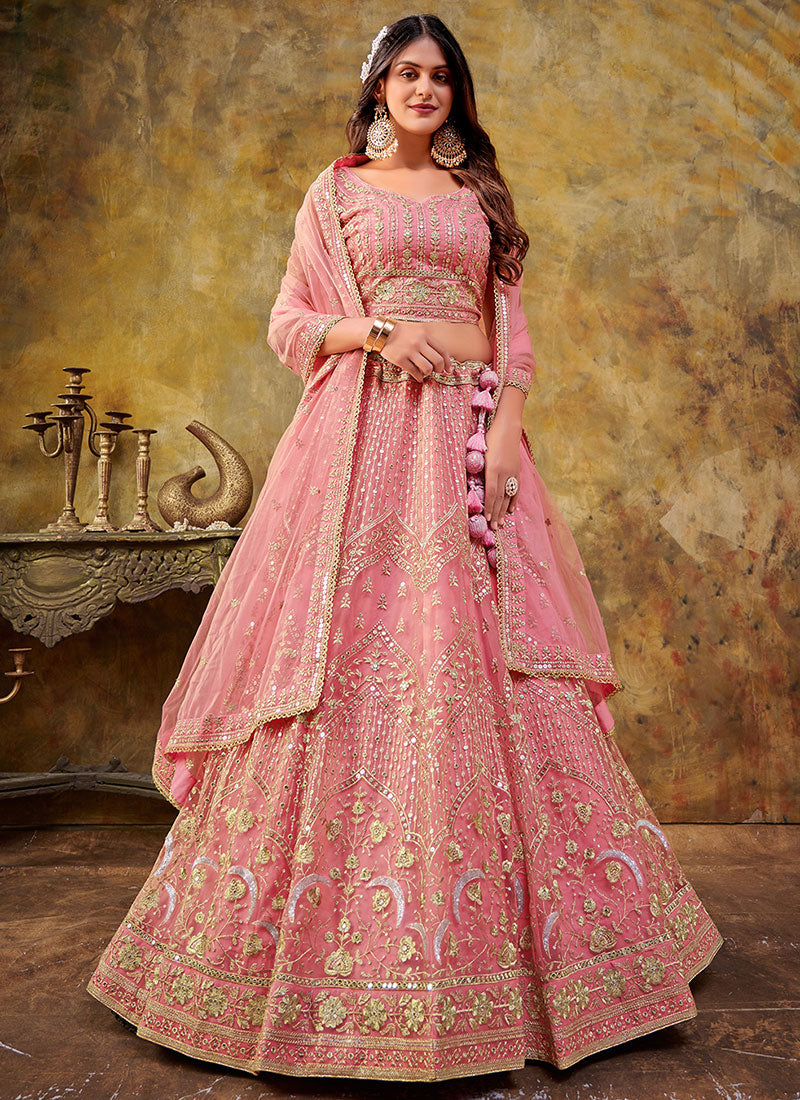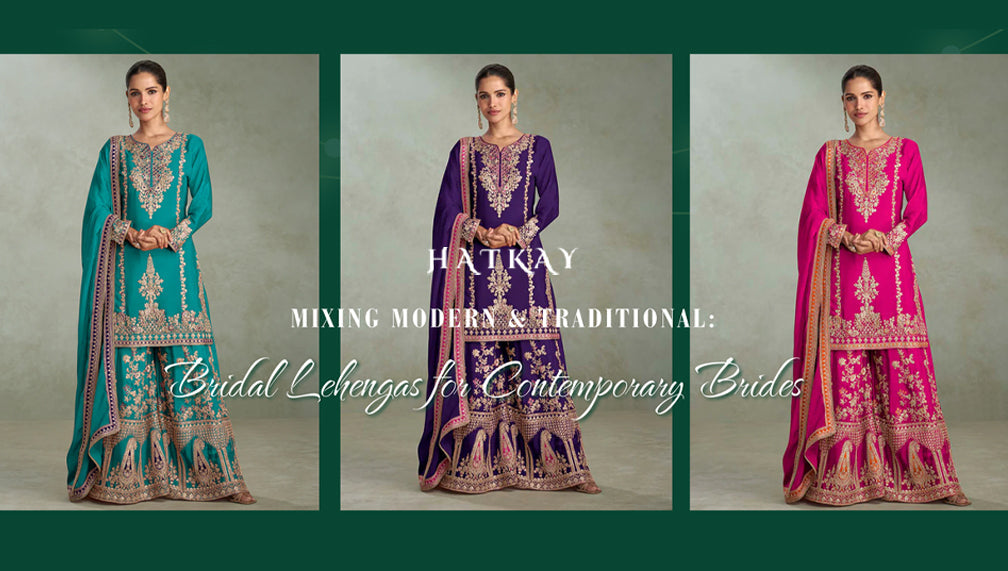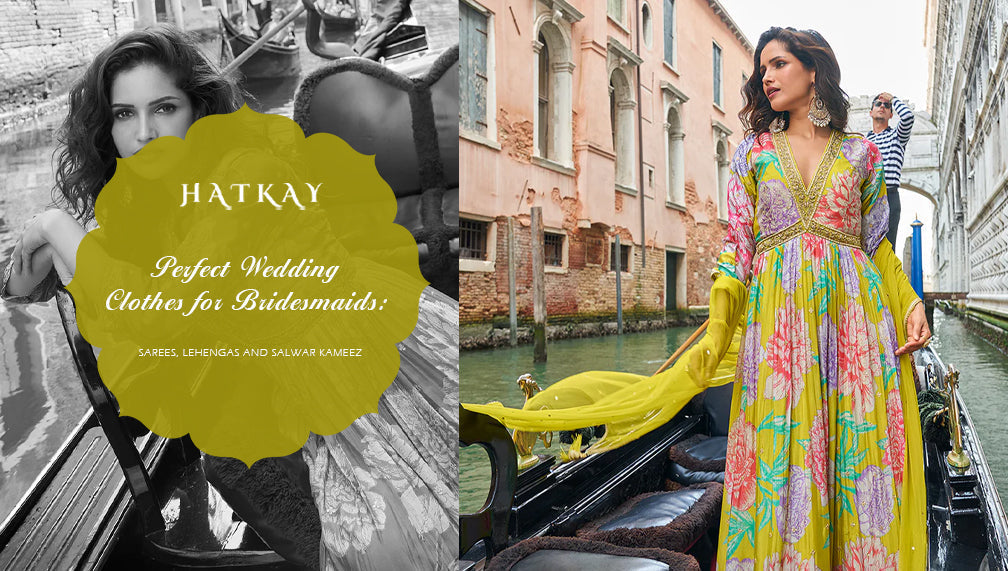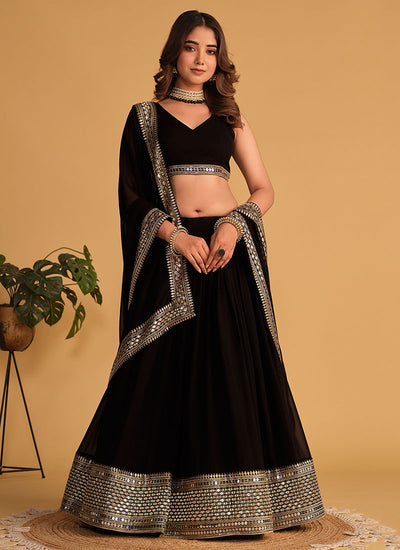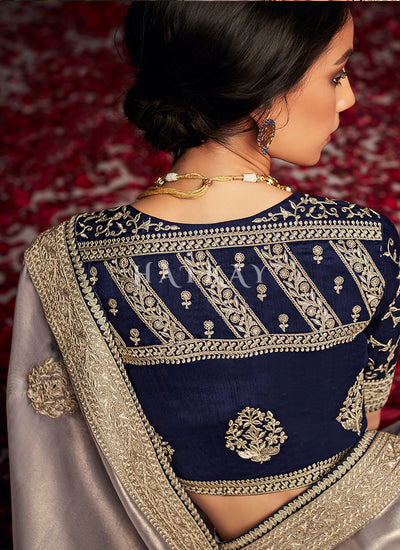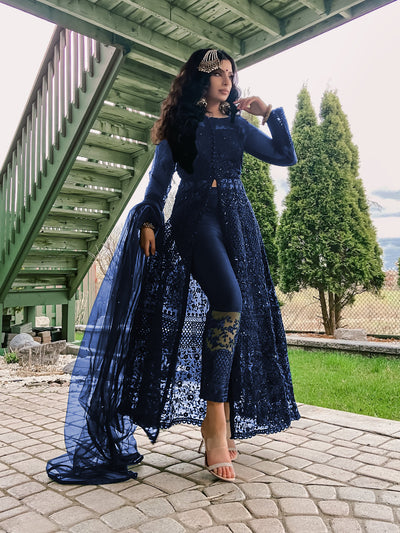
Ghagra Choli: A Magnificent Ode to Tradition and Feminine Grace
Introduction:
In the kaleidoscope of Indian fashion, few ensembles capture the essence of feminine beauty and cultural heritage quite like the Ghagra Choli. With its vibrant colors, intricate embroidery, and flowing silhouette, this iconic attire celebrates the timeless allure of Indian tradition while embodying the grace and elegance of the modern woman. Join us on a journey through the captivating world of Ghagra Choli, exploring its rich history, symbolic significance, and enduring appeal.
Origins and Evolution:
The Ghagra Choli has its roots deeply entrenched in the rich cultural tapestry of India, tracing back centuries to ancient times. Originally worn by women across different regions of the Indian subcontinent, this ensemble has undergone a fascinating evolution over the years. From the modest attire of rural communities to the opulent attire of royalty and nobility, the Ghagra Choli has adapted to changing fashion trends and societal norms while retaining its intrinsic charm and cultural significance.
Elements of Ghagra Choli:
At the heart of every Ghagra Choli ensemble lies its exquisite craftsmanship and attention to detail. The Ghagra, or skirt, is typically made from luxurious fabrics such as silk, chiffon, or brocade, adorned with intricate embroidery, mirror work, and embellishments. The Choli, or blouse, complements the Ghagra with its fitted silhouette and ornate designs, often featuring intricate patterns, beadwork, and intricate detailing. Completing the ensemble is the Dupatta, a long scarf or shawl, which adds a touch of elegance and grace, draped gracefully over the shoulders or head.
Symbolism and Significance:
Beyond its role as a fashionable attire, the Ghagra Choli holds deep cultural significance in Indian society. It is not merely a garment but a symbol of femininity, tradition, and celebration. Worn during festive occasions, weddings, and cultural events, the Ghagra Choli embodies the spirit of joy, prosperity, and community. Its vibrant colors, intricate designs, and flowing drapes serve as a visual testament to the rich cultural heritage of India, celebrating the traditions and values passed down through generations.
Modern Interpretations:
While steeped in tradition, the Ghagra Choli has also undergone a contemporary transformation to cater to modern sensibilities. Today's designers offer a diverse range of Ghagra Choli designs, from traditional styles to modern interpretations that blend ethnic elements with global influences. Whether it's a classic ensemble adorned with traditional motifs and embellishments or a fusion-inspired creation featuring contemporary cuts and silhouettes, the Ghagra Choli continues to captivate fashion enthusiasts with its timeless elegance and versatility.
Global Appeal:
In recent years, the allure of Ghagra Choli has transcended borders, gaining popularity not only among South Asians but also fashion enthusiasts worldwide. From Bollywood celebrities gracing the red carpet in resplendent Ghagra Choli to international designers incorporating Indian-inspired elements into their collections, this iconic ensemble has become a symbol of global glamour and sophistication. Its timeless allure and cultural significance continue to captivate audiences, ensuring its place as a cherished attire for generations to come.
Conclusion:
In the vibrant tapestry of Indian fashion, the Ghagra Choli stands as a timeless symbol of tradition, elegance, and feminine grace. From its ancient origins to its modern interpretations, this iconic ensemble celebrates the beauty and richness of Indian culture while embracing contemporary design elements. As women continue to embrace the Ghagra Choli, let us also honor the artisans, designers, and generations past who have contributed to its enduring legacy. Whether worn as a symbol of cultural pride or a fashion statement, the Ghagra Choli remains an eternal embodiment of femininity, tradition, and celebration.













